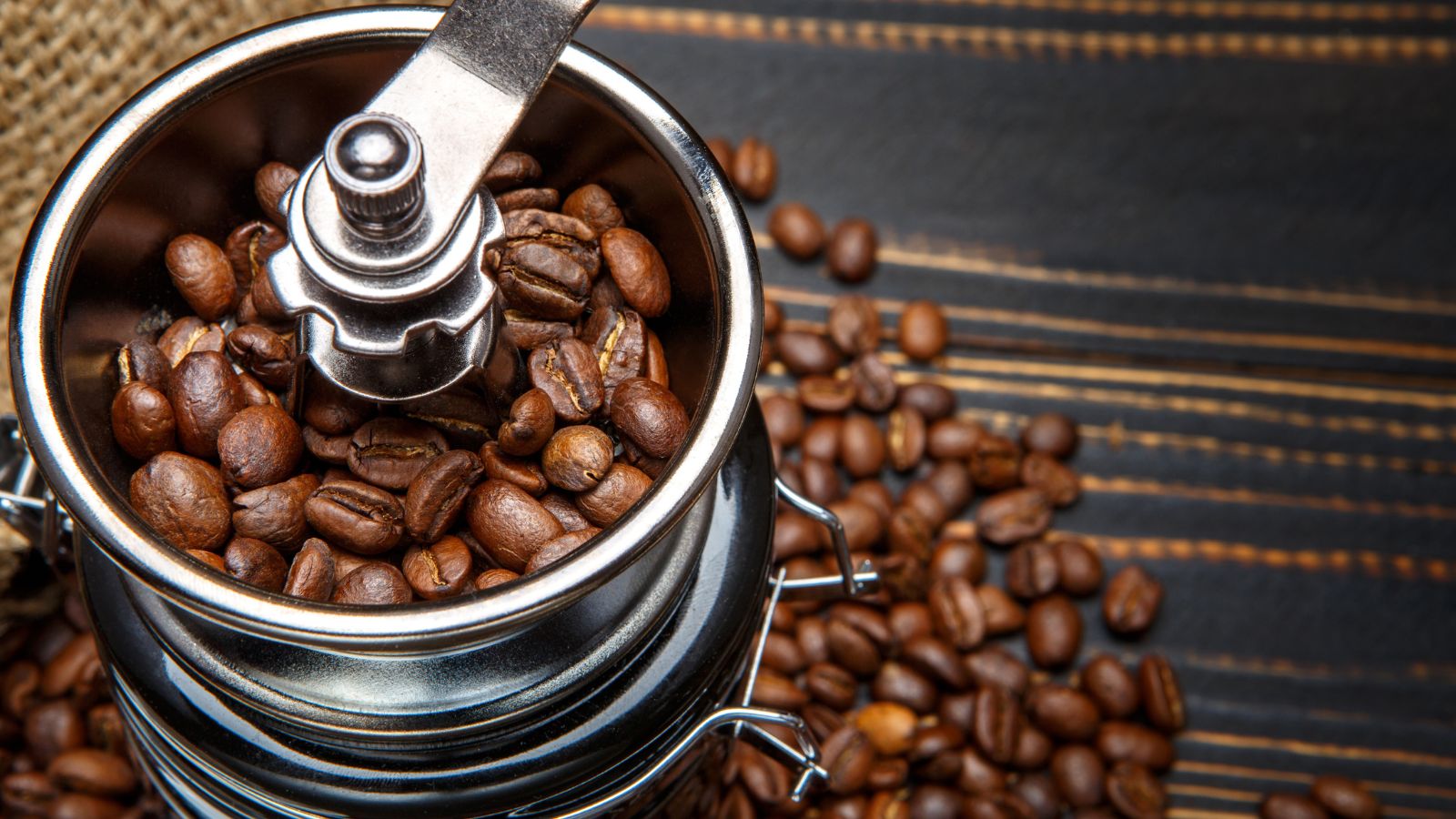
Knowing how to grind coffee beans is perhaps the most important part of the whole coffee-making process. Ask baristas, Q-graders, coffee experts, and they’ll all tell you the same thing.
Whilst pre-ground coffee is convenient, if you can learn to grind coffee beans at home, you’ll thank yourself retrospectively. The flavors you can achieve from well-ground beans, one of the best grinders on the market, and a simple coffee maker are second to none.
As a former barista, I’m a strong advocate for grinding coffee at home. I’ve been caught short without a grinder (so I have some tips for grinding coffee without a grinder) as well as advice for how to store coffee grounds if you've made too much.
What you'll need before you start grinding
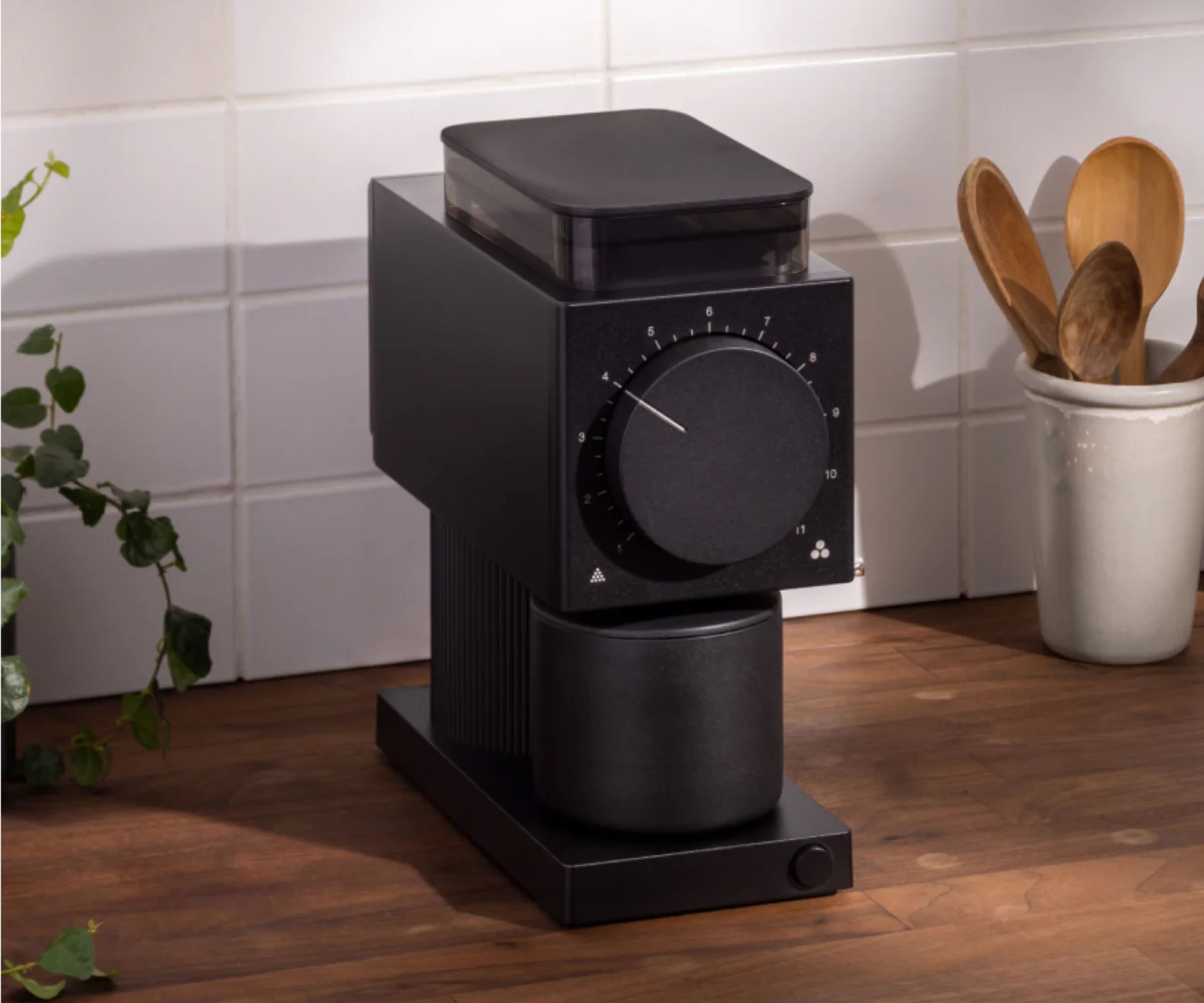
Grinding beans is incredibly simple. All you need is beans and a good grinder. Armed with these two components, you’ll be able to make a delicious cup of coffee, even in inexpensive coffee equipment.
Before you start grinding, make sure that you are grinding the right-sized coffee for your brewing method. If you follow a method that requires a paper filter, your grounds will need to be finer than those used in a French press. For example. Stuart Wilson, founder of Lost Sheep Coffee says 'When making espresso, if the grind size is too coarse, the coffee will pour through the grounds quickly (anything under 25 seconds is too quick) resulting in a coffee that is under-extracted and tastes weak and acidic. On the other hand, if the grind size is too fine, the pour will take more than 35 seconds, resulting in a coffee that is over-extracted and tastes bitter.'
If you haven’t yet invested in a grinder, we have a whole buying guide of the best coffee grinders we’ve ever tested. Caroline Bell, founder of Cafe Grumpy coffee roasters, 'Choosing one which is easy to use and which won't take up too much space. I really like the Baratza Encore.' The Baratza Encore is great and really precise with its coffee grounds. However, if you want some more options, here are three of the best grinders on the market. They're tested by me (a former barista) and recommended by other experts.
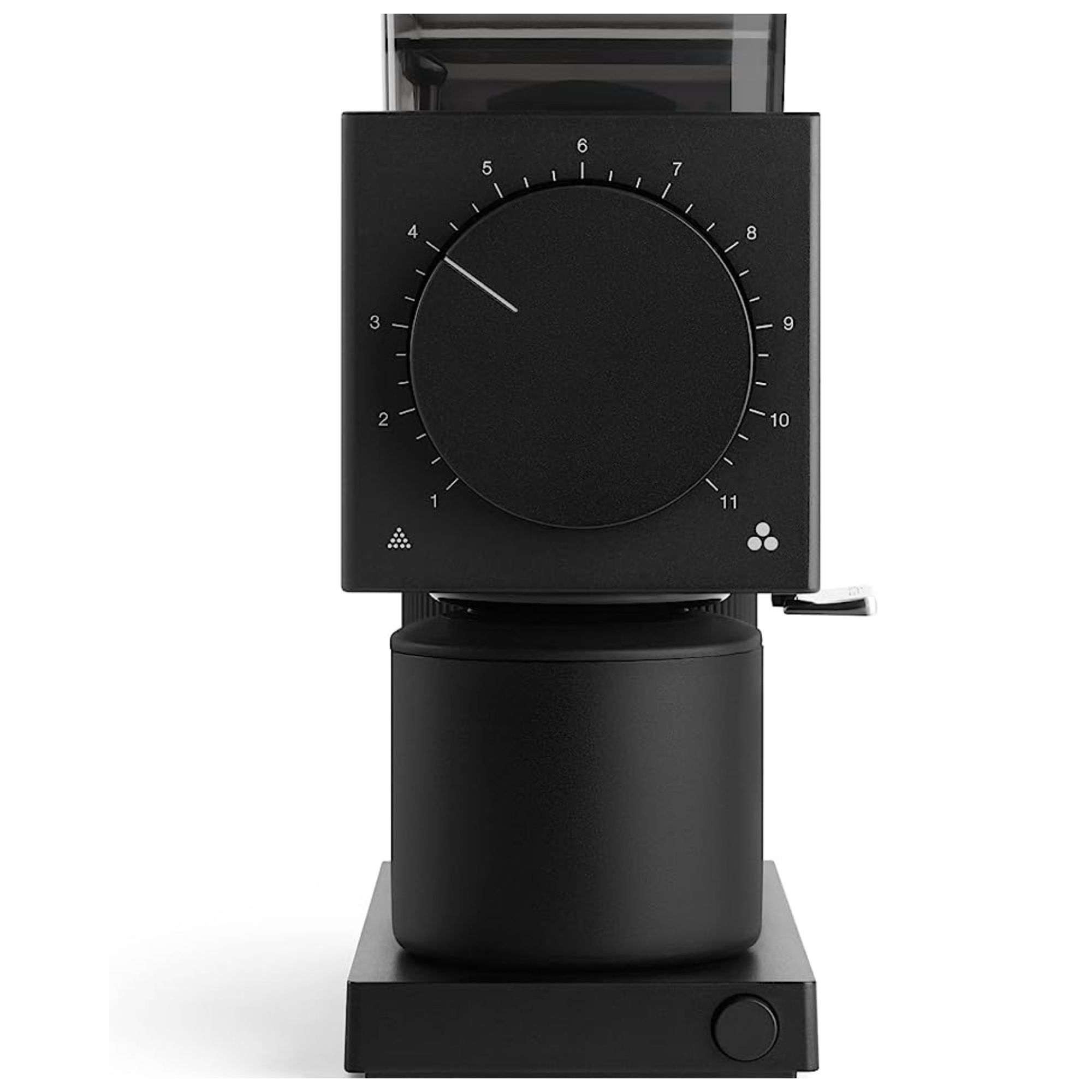
Fellow's flat burr grinder is one of the best. It creates minimal heat, ensuring you get the fullest flavors in your cup. It's compact and chic, but isn't an expert on espresso grounds.
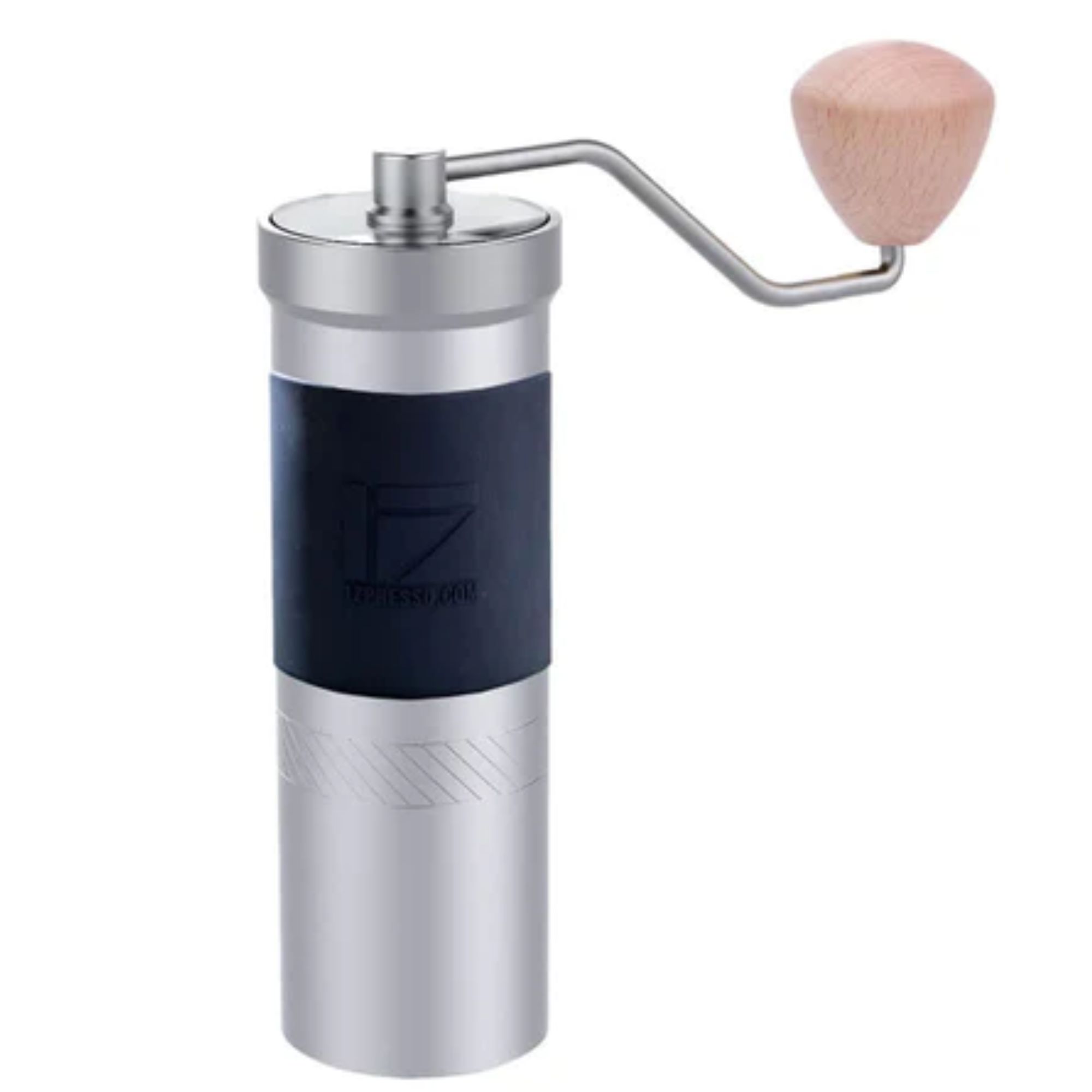
If you plan on storing your grinder in a drawer, this compact, manual option is what you need. It's consistent and relatively quiet, you'll just need some arm power to get it running.
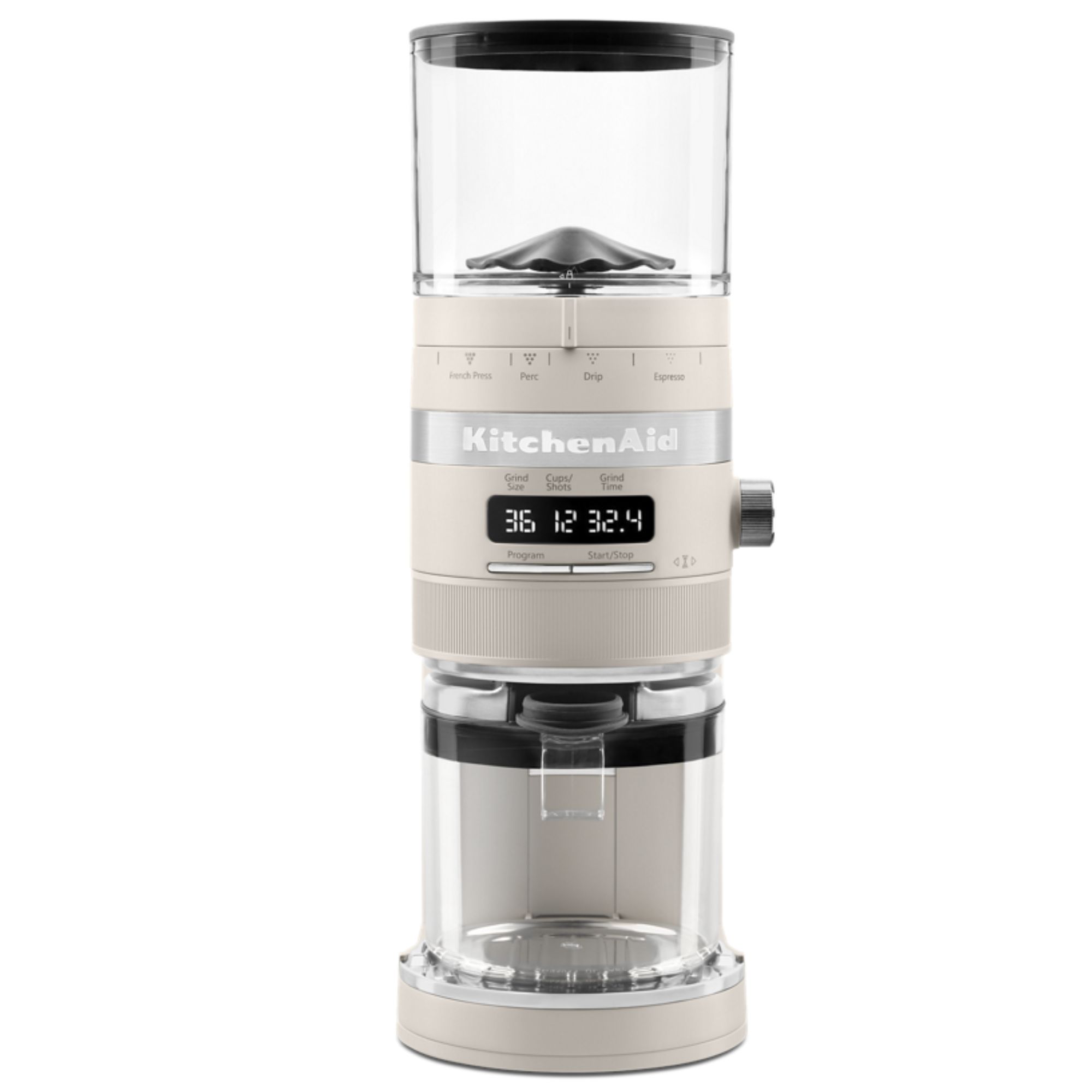
if you're new to grinding and unsure of quantities, settings, and storage, this will be the guiding hand you need. It's seriously impressive and reasonably priced too.
How to grind coffee beans at home
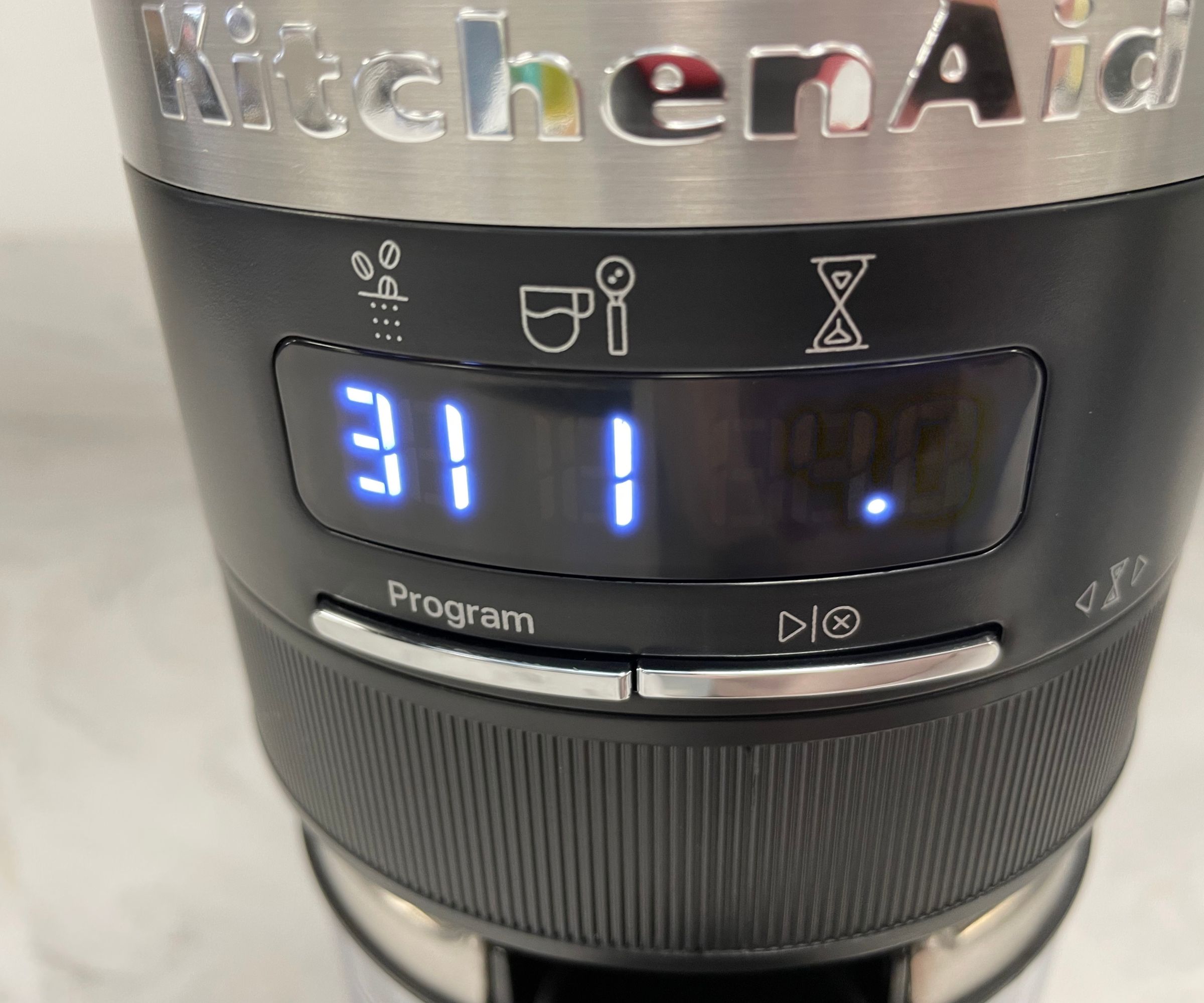
Before you begin, you’ve got two options for how to grind: you can batch grind and store any excess grounds to use for later (this is good if you’re busy) or you can grind only as much coffee as you’re going to use in one sitting. I would always recommend the latter because as soon as you grind beans, their delicious essential oils begin to degrade and lose their flavor. However, if you choose to batch grind, make sure that you have some good coffee canisters to keep your coffee as fresh as possible.
Whichever method you choose to follow, you’ll need to choose your grind setting according to your brew type. Kayla Stavridis, former barista and coffee expert says 'A coarse grind is best for French press and cold brew, because it stops over-extraction. A medium grind is well-suited to drip coffee makers and pour-over methods because it needs balanced extraction. Finer grinds will ensure your water can extract all the coffee flavors quickly and under pressure, so they're better suited to espresso machines.'
I've made a table showing you which grounds you need for each coffee maker to give you a helping hand.
Tom Saxon, from Coffee Roaster Finder, says 'If you are just starting out on your grinding journey get to know your grinds and how they feel between your fingers. A lot of the markings on grinders aren’t that accurate so you may have to tweak them and as your grinder burrs get older they will start to wear down and you’ll have to adjust accordingly. So it’s really helpful to be able to gauge how fine or coarse you need your coffee for your chosen brew method.'
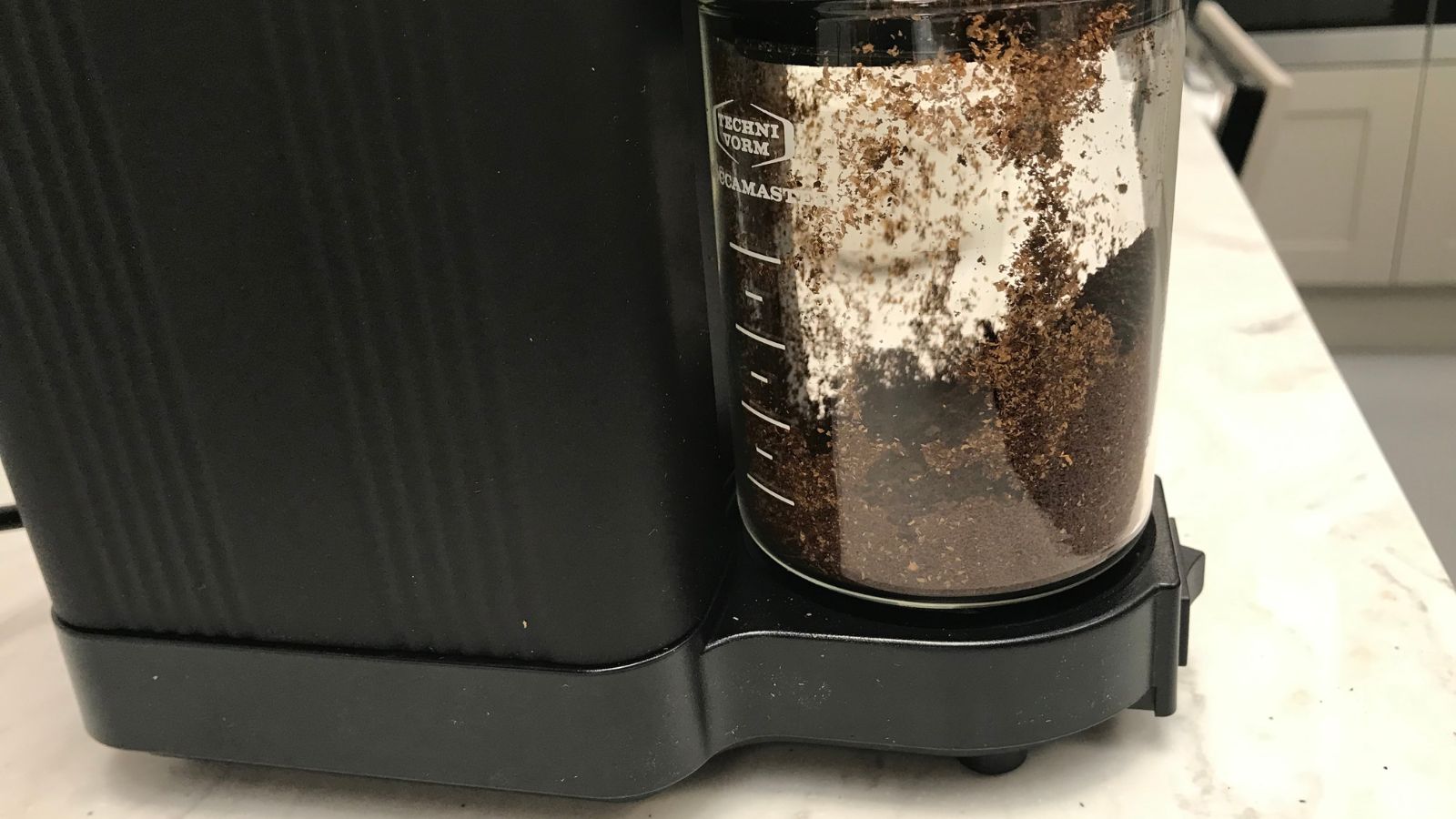
Once you've worked out what grind setting to use you'll need to measure out your beans. Make sure your grinder is on the right setting and you can begin.
Different grinders follow different methodologies. You might need to push a button, pull a lever, or twist your grinder. Some will automatically stop, and others will need you to manually press stop.
Kayla Stavridis' top tip for grinding is 'use your machine in short bursts so that the machine doesn't overheat your beans. This will speed up how quickly the oils degrade and will impact how much flavor you can extract.'
Keep an eye on your coffee beans bouncing (often called popcorning) and the retention in your machine (how many coffee grinds it holds back). The more your coffee beans bounce around, the more your flavors will be affected.
Once you've finished grinding your coffee, have a look at it. A good grinder will make consistently-sized coffee grounds. If you've got a tired or cheap grinder, you'll notice inconsistent sizes. Some experts will describe this as 'bouldering'. It means that your coffee will become both over and under-extracted because different grounds will be working on different timelines. If this is happening, make sure that your grinder is clean and check your burrs. They might need replacing.
If you're happy with your grounds, Stavridis recommends 'drinking your coffee as close to grinding as possible, that's how you'll get a good crema and rich flavors.' Just make sure to clean your grinder once you've finished enjoying your cup of coffee.
How to grind coffee beans without a grinder
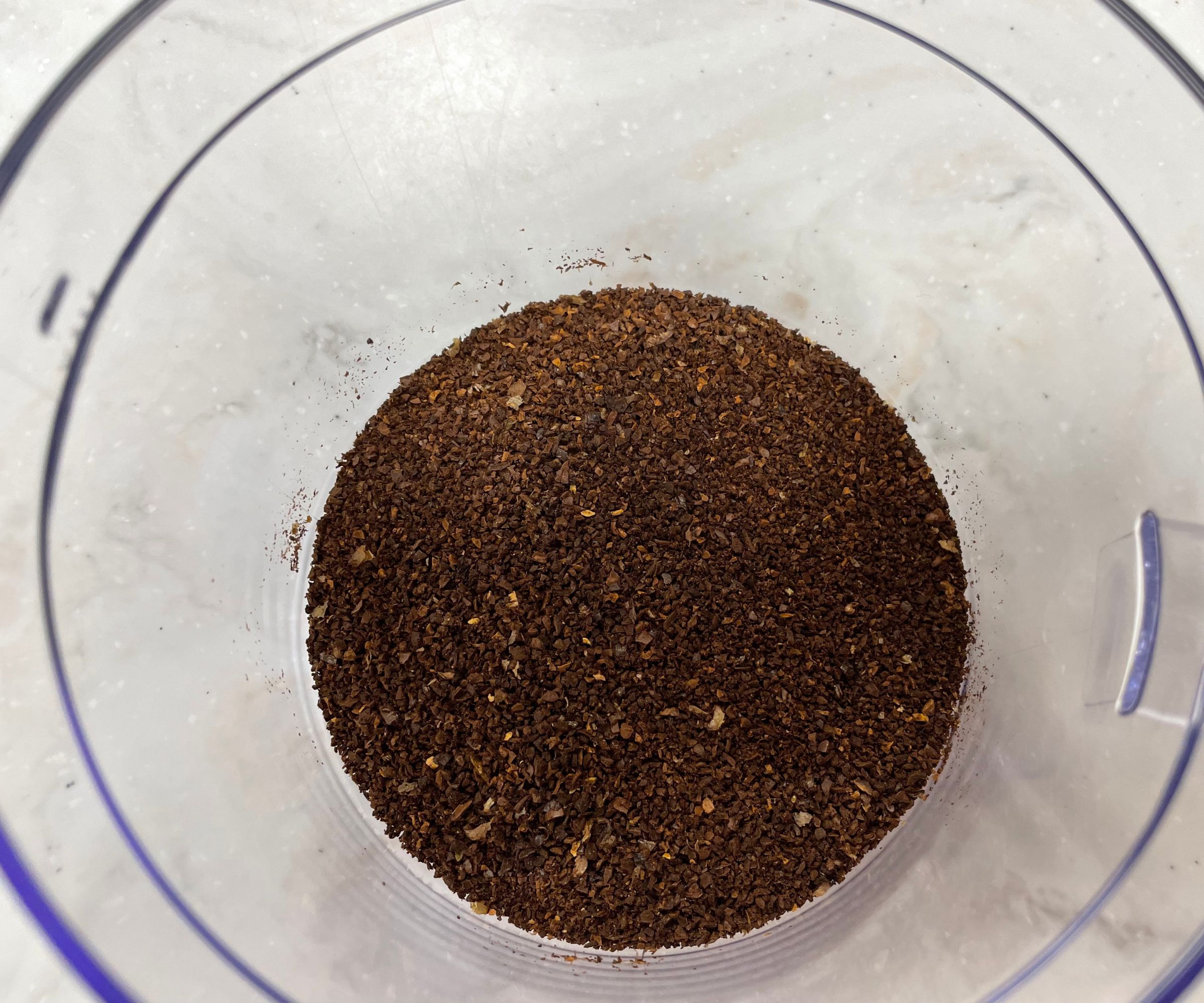
I would never normally recommend using a blender to grind coffee beans. Any grinder worth its money uses burrs rather than blades (like a blender). The problem with blades is that they create heat and inconsistently slice up your coffee beans. It's a lot like the bouldering issue that you'll have with cheaper grinders and means you won't be able to taste distinct flavors in your coffee because some of your coffee grounds will end up over-extracted and some will be under-extracted.
However, there will be times when you don’t have a grinder, you have beans, and you could kill for a cup of coffee. In this instance, you can use a blender. Don’t do big batch grinds in a blender, use small, tablespoons of coffee and grind quickly and in pluses. Alternatively, a rolling pin or pestle and mortar will smash up your beans, but this is even worse than using a blender. Most baristas shuddered when I asked them about this method.
Tips and tricks for grinding coffee at home
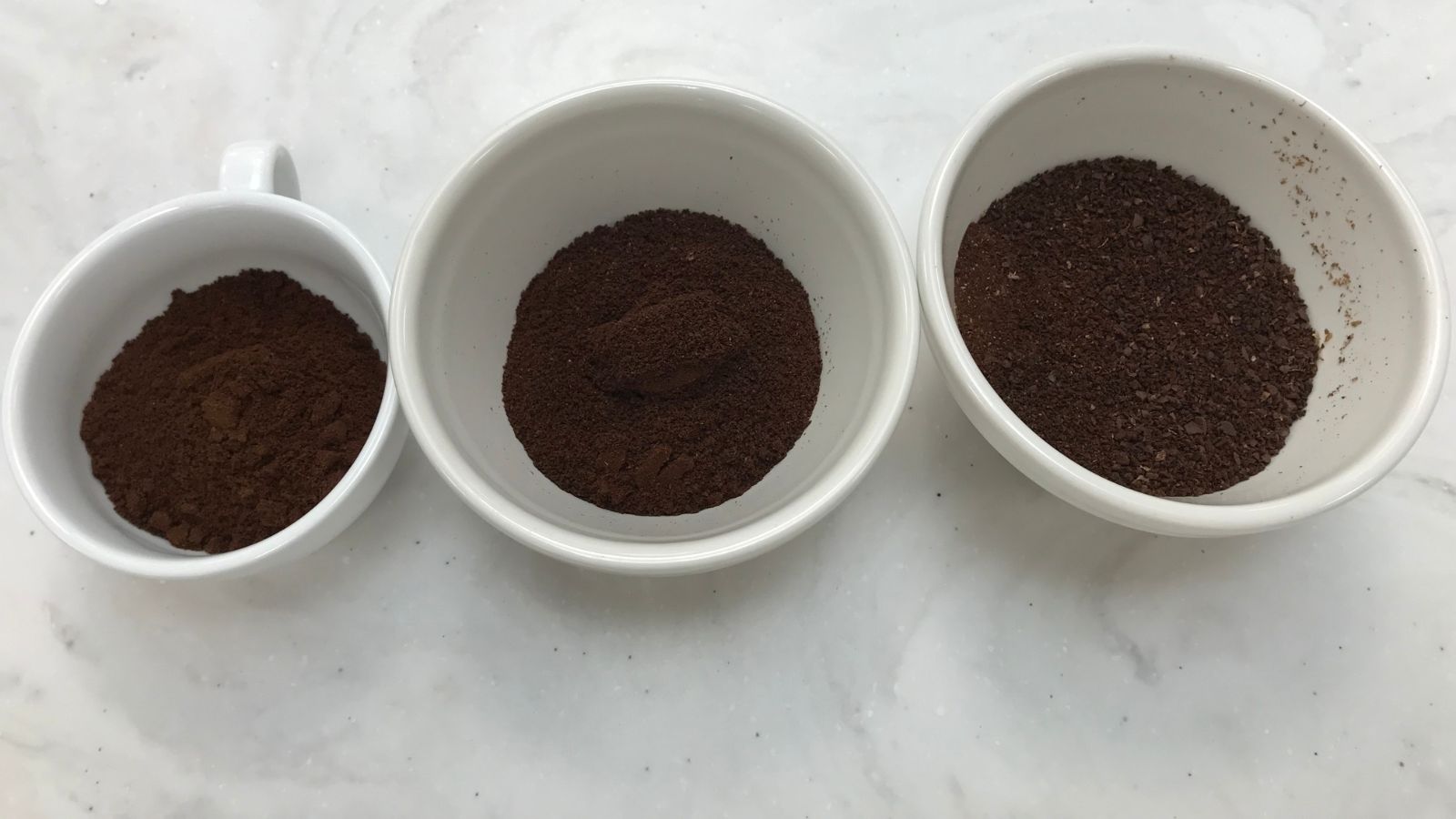
Whilst lots of baristas take coffee grinding seriously, they were all quick to emphasize that this should be a fun process. Jecca Chantilly, coffee expert, and tea sommelier recommends 'experimenting with different grind sizes to dial in your preferred flavor – you'll be surprised how subtle changes can enhance your experience.'
It's important to start with a grind size that's relevant to your coffee brewer, but you can adjust it as you become more confident. Stuart Wilson, Founder of Lost Sheep Coffee, says 'my top tip for grinding coffee beans is to know your 'Espresso Recipe. This is the combination of how much coffee you grind, how much espresso you extract, and how long you want it to extract for. If you're making espresso, 25-35 seconds is what you're aiming for. A good starting recipe is: put 18.5g grams of ground coffee into the group handle basket, pour for 30 seconds, for an espresso that is 37ml (or weighs 37g) at the end of the pour.'
Kayla also recommends doing a deep dive into the functions of your grinder. Pick one that suits your coffee maker and then, she says to 'pay attention to the details and avoid common pitfalls of the product. If you can do this, you can guarantee that you're brewing a delicious cup of coffee every time.'
Storing excess coffee grounds
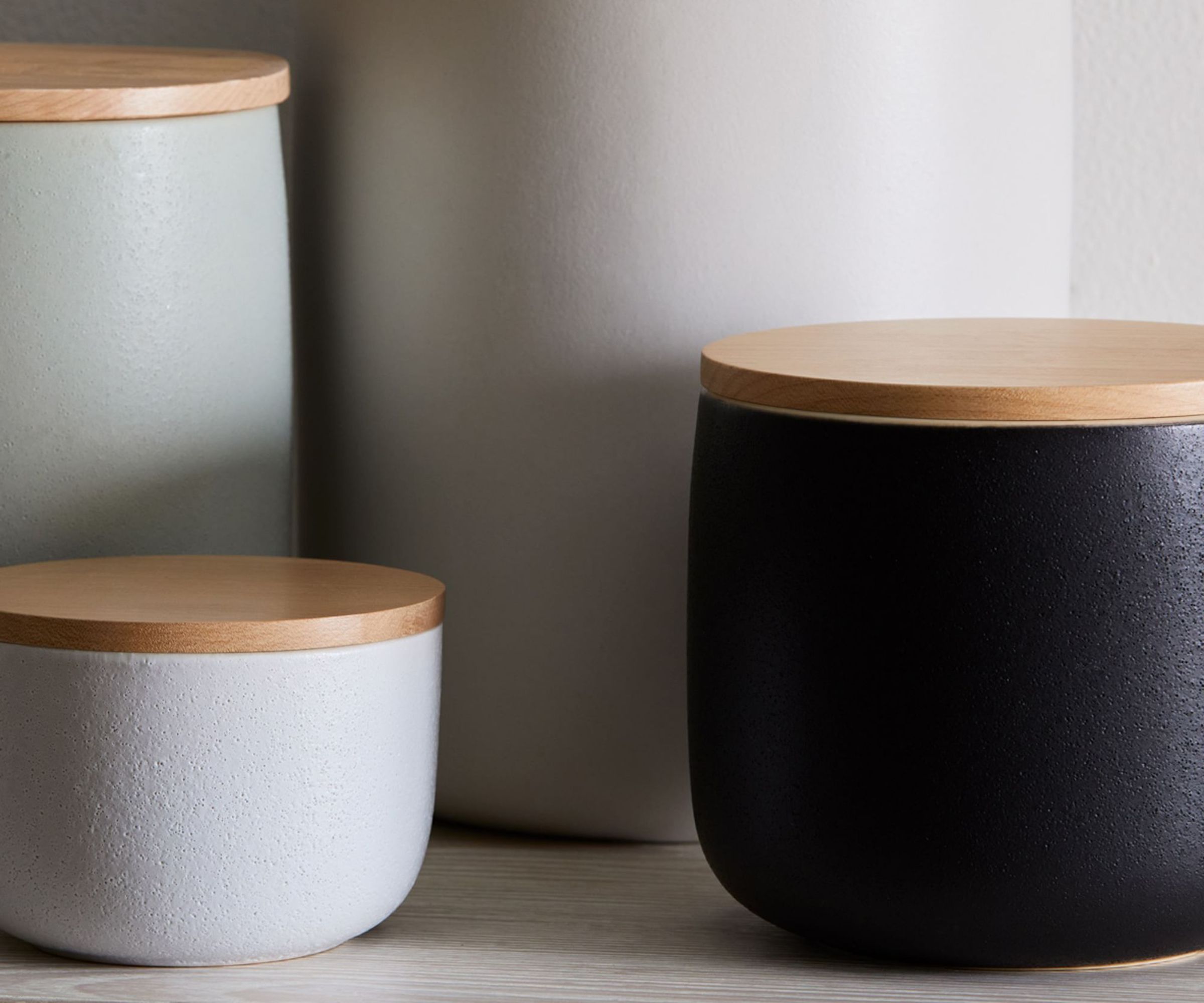
If you find that you've got some coffee grounds left over, don't worry, You can keep these relatively fresh for weeks as long as you store them properly.
I've done a deep dive into everything you need to know to store your coffee grounds to keep them fresher for longer, but here are some of the headlines. You'll need to keep your grounds in an airtight container away from heat, light, and moisture. The best coffee canisters will cover all three bases for you (I've included a selection of my favorites below).
If you don't have a canister, put your grounds in a sealed container or bag and keep them in the freezer. Tom Saxon, from Coffee Roaster Finder, says 'If you have purchased ground coffee or ground too much, keep it in an airtight container or in the retail bag as long as it is sealed properly. Don’t put them in the fridge, the moisture will do you no favors and eventually, you’ll end up with a pretty flat-tasting coffee.'
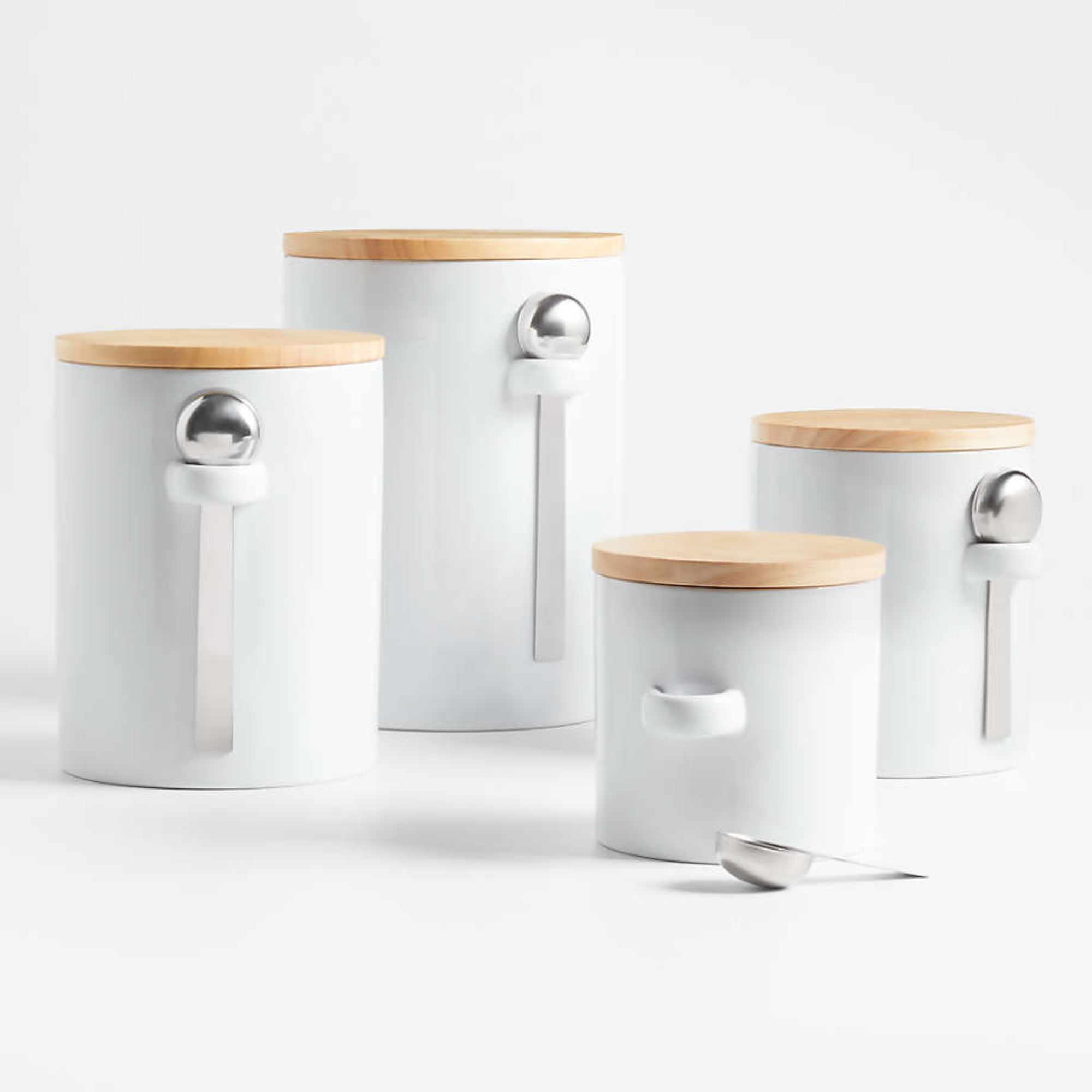
This set of coffee canisters covers those who really overestimate their coffee bean grinding and those who might want to start a coffee station. There's a pot for sugar, coffee, tea, and cookies.
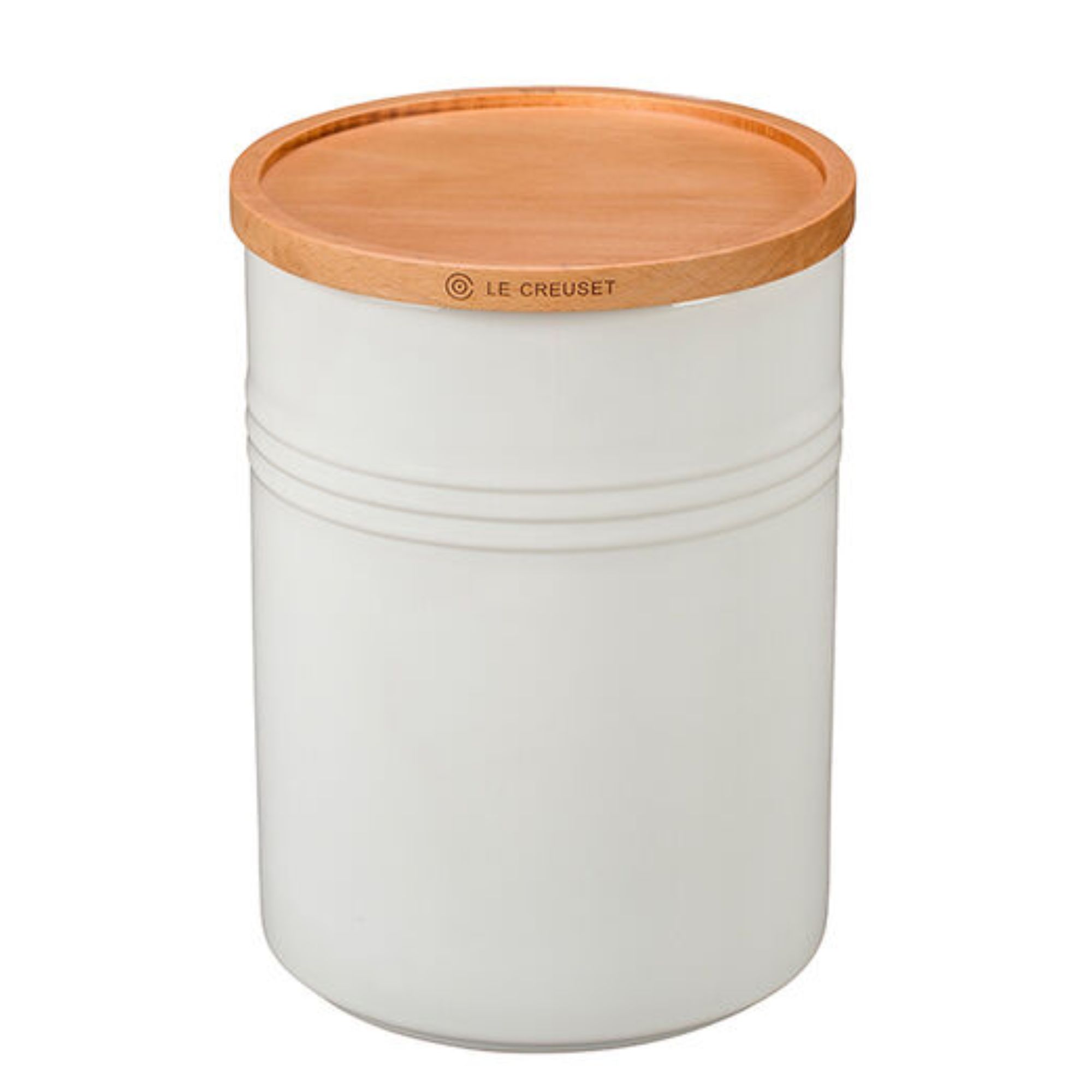
This stoneware canister is pure luxury. It covers the basics: airtight seal and UV protection, whilst offering a range of color options too. You just can't go wrong.
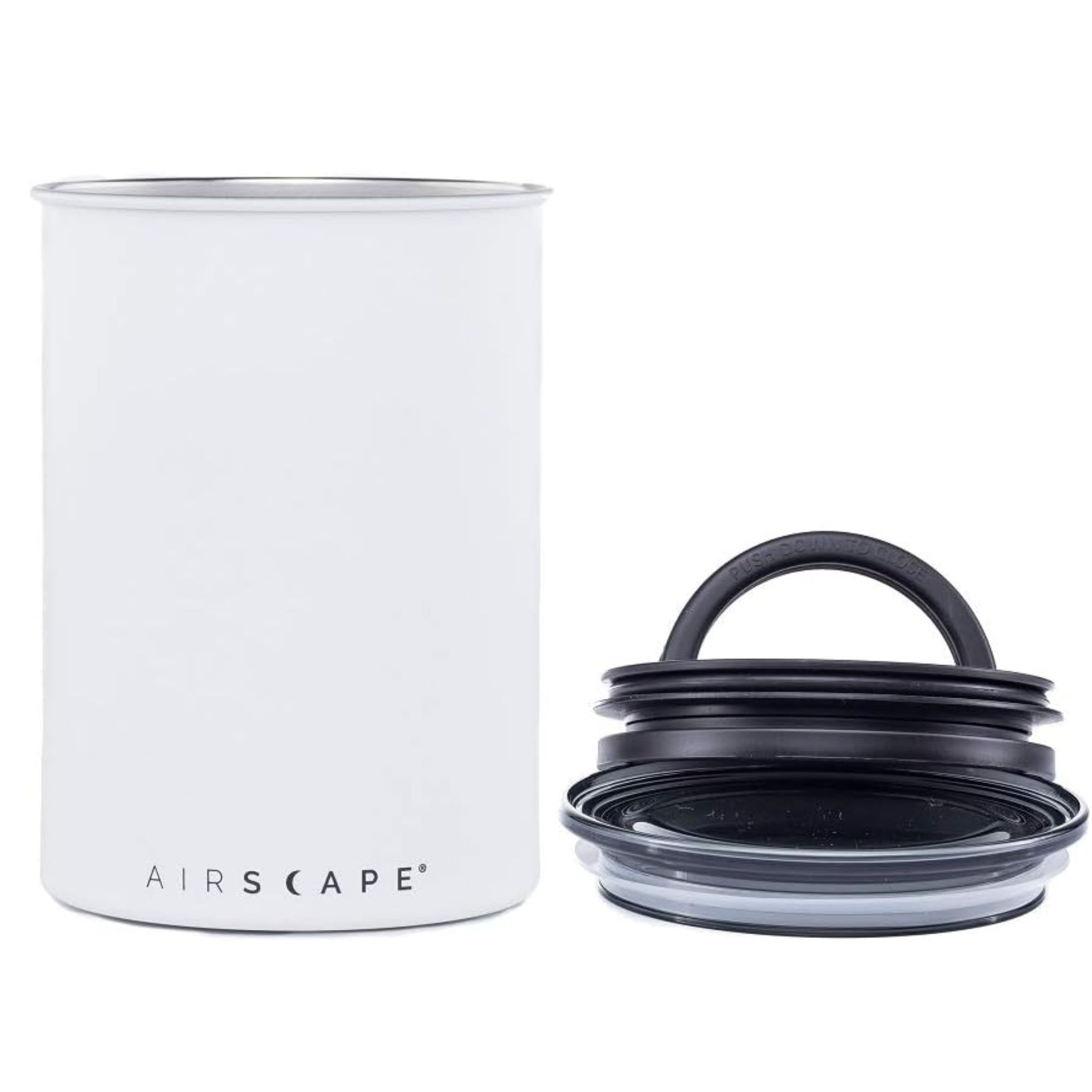
Simple and stackable. this has been engineered for scientifically perfect preservation. The lid creates an airtight vacuum seal so that your grounds stay protected.
FAQs
Should I grind coffee beans with a burr or blade grinder?
The most common question I get asked about which grinder to use is whether to invest in a burr or blade grinder. Always buy a burr grinder, because this crushes your coffee beans between two, flat, textured surfaces rather than slicing your coffee beans. The difference might sound small, but consistent grinding will promote ideal flavor extraction whereas blade grinders can produce uneven grinds that result in over and under-extraction of the flavors. This means you end up with a flatter, less clear cup of coffee. You won’t be able to distinguish delicious flavor notes.
Conical burrs are the most popular options on the market, they’re cheaper and they still do a good job. Burr grinders create less heat, but they’re more expensive.
Which setting should I grind my coffee beans on?
If you're not sure which grind setting to use, you'll need to look at your coffee maker. Different models have different requirements, so I've made a table below to help you work out what you should be working with.
When you're experimenting with flavors, there's room to change your settings by a few notches. A finer grind will taste sweeter and a coarser grind will generally give a bolder, more acidic cup.
Can I grind coffee beans without a grinder?
In an ideal world, you would use a coffee grinder to grind coffee. It's designed for the job. However, if you don't have one to hand, there are some solutions you can turn to. A blender, a spice grinder, or even a pestle and mortar will be able to do the job in a desperate situation, but these will not be able to grind your beans into consistent sizes and they'll generate heat. The resulting coffee will taste murky and less clear than they would with a coffee grinder.
Is it okay to grind beans in a blender?
I would always choose a coffee grinder to grind coffee beans, but if yours isn't available, you could use a blender. It won't make consistently-sized coffee grounds and will generate a lot of heat, so, when you're extracting oils from your coffee, it'll be an inconsistent process. The resulting coffee you'll struggle to pick out some clear coffee notes.







